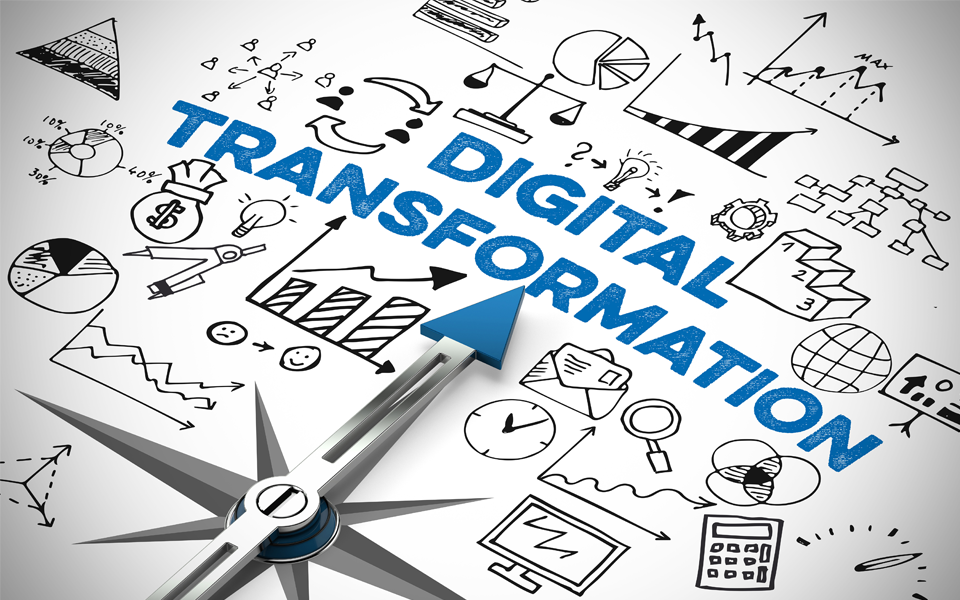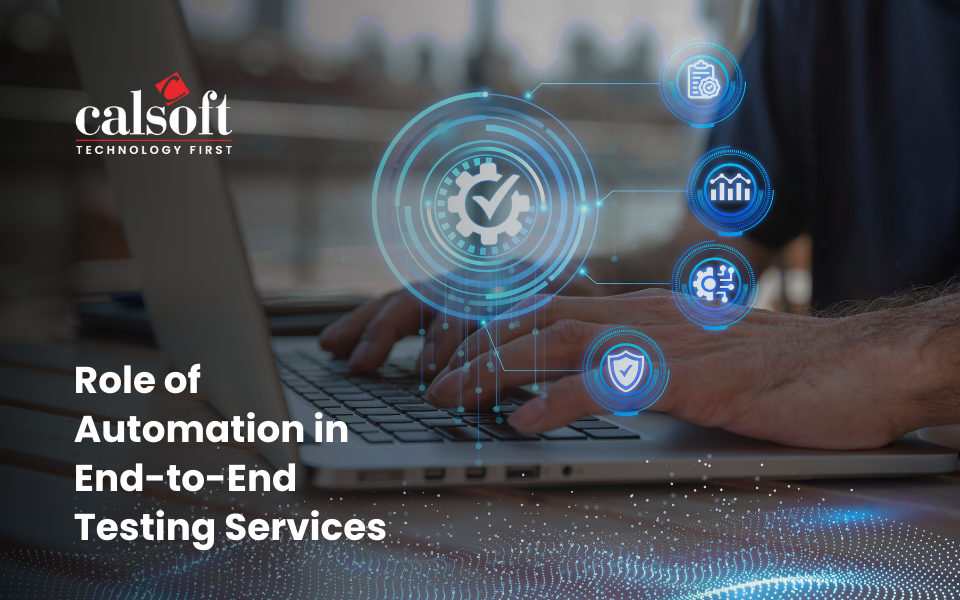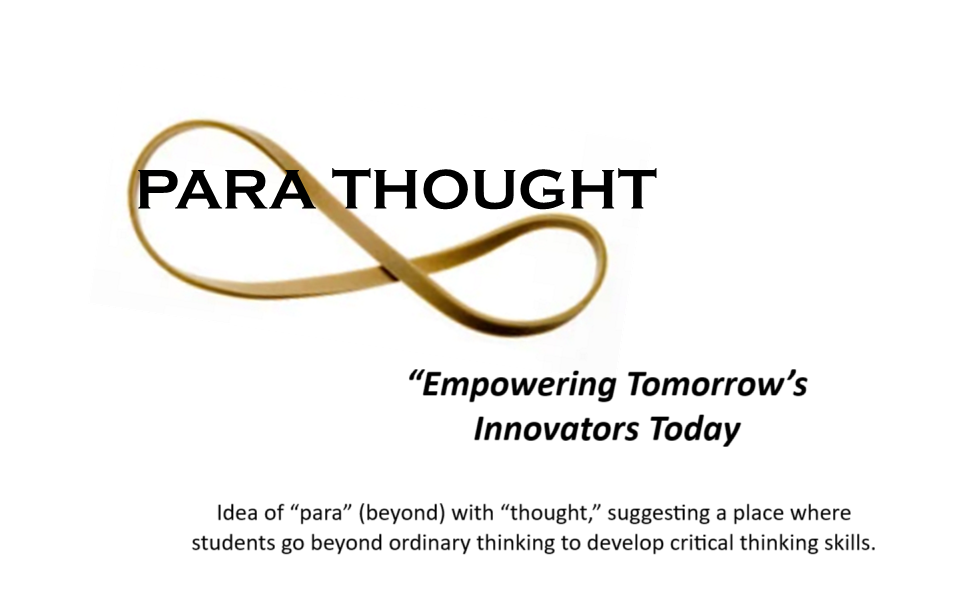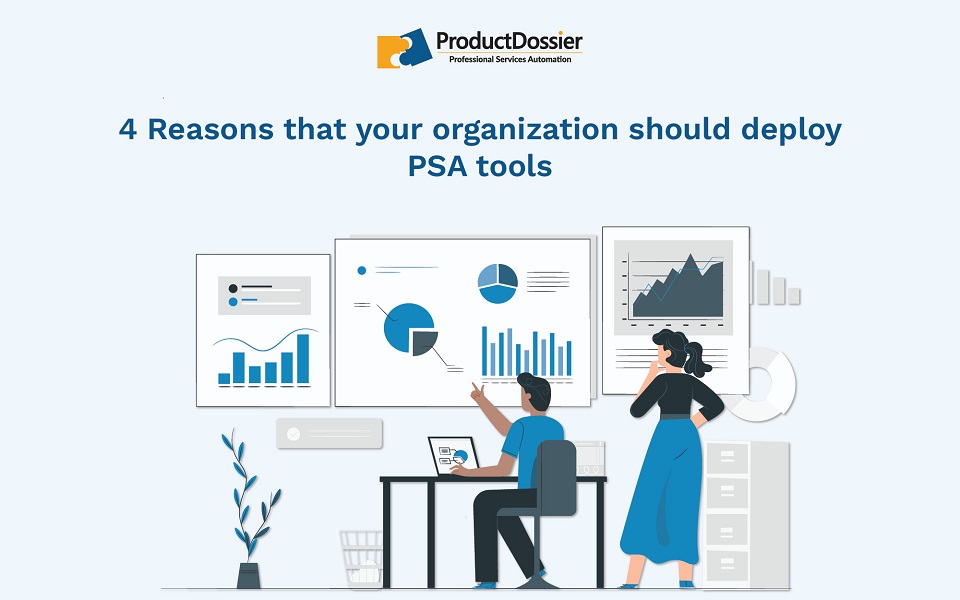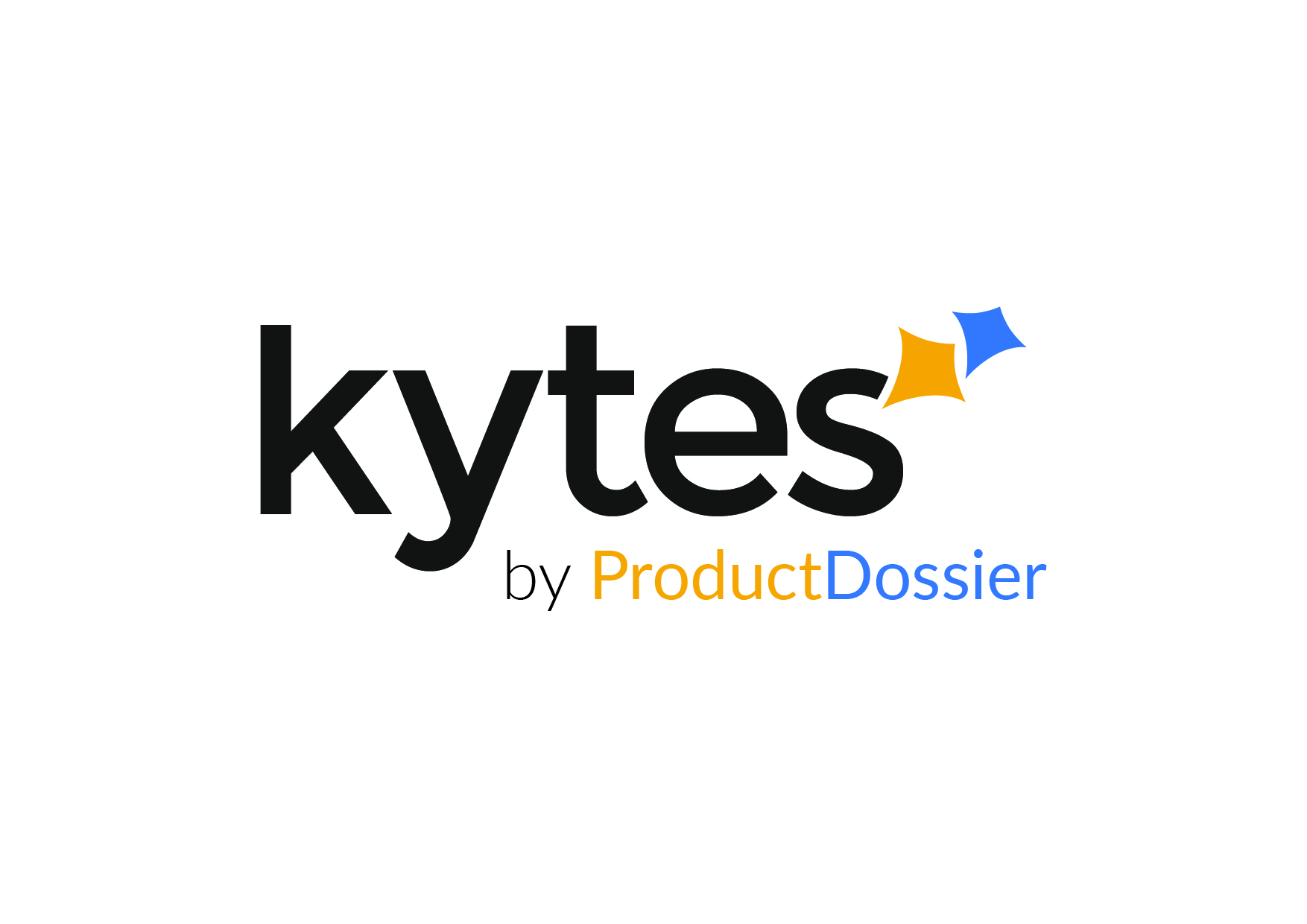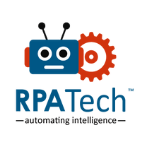Thanks to technology innovations, inspiration, and success stories from other industries, the life sciences industry is undergoing digital transformation across clinical and commercial spaces. This transformation has been overdue and critical for accelerated and efficient drug development, better patient care, improved transparency, and cost-effectiveness. The availability of data and cutting-edge technology (cloud, computing prowess, software, AI, and ML) have accelerated the research and development (R&D) process, with repetitive lab work replaced by AI-ML algorithms. Clinical trials are also picking up pace with the data from previous trials, helping fine-tune present trials.
Advances in analytics technology and the availability and integration of vast amounts of healthcare data have helped automate processes and improve the data quality across clinical development efforts. With higher predictability of data and fast-tracked R&D processes, drug development is on an all-time high, with more and more drugs introduced to the market.
Research and discovery grew at 70.5% CAGR between 2016 and 2021, thanks to increased spending on AI.1AI is becoming a versatile tool used in drug development stages, such as identifying and validating drug targets, designing new molecules, repurposing old drugs, improving the efficiency of clinical trial conduct, and pharmacovigilance (PV).

While we do see an increased use of technology and digitization in the industry, as compared to the previous decade, other industries such as e-commerce, travel, hospitality, and telecom are far ahead in their digital maturity, making pharma look like a laggard. According to Mckinsey‘s assessment on digital maturity across industries1, the industry lagged behind others like banking and retail in the Digital Quotient and was below the global average in adopting digitization. Data, which is the fuel of digital transformation, is still siloed and technology investments in the industry lag significantly.

Source: https://www.mckinsey.com/industries/life-sciences/our-insights/closing-the-digital-gap-in-pharma#
Traditionally, the industry has been conservative and slow to adapt to change due to its impact on human lives, high regulation, and complex decision-making structures. Digitization is present, but only in a few processes in the value chain. The levels of digitization are not the same, and we can find companies that are leading the game and others that are yet to develop a robust digital strategy. Due to siloed efforts in digitization and lack of investments, product commercialization has taken a hit, especially for smaller companies than larger firms more so in primary care channels.2
“~40% of products launched over past 15 years have underperformed pre-launch forecasts by > 20%”
The gap in expectation and actual performance of new product launches cuts across therapeutic areas particularly, cardiovascular, immunology, oncology, etc. While digital transformations are difficult to kick-start, organizations find it challenging to sustain the effort and performance levels expected by the digitization investments.
Picture of Success
Deployment of technology to business and operational processes is the key to having a successful digital strategy. However, before pumping in large investments, it is important to look at the objectives and success factors that pharma companies want to achieve with their transformational journey.
Vision of success

Integrated 3600 Ecosystem
While HCPs and HCOs (Providers) are considered customers for pharma companies, the way forward is to adopt a patient-centric approach, with the patient being the ultimate consumer. The future of a 3600 customer integrated ecosystem lies with companies partnering with the 4Ps – Providers, Patients, Payers, and Policymakers to drive better health outcomes. Digitization will be critical for companies to bring the right content to the correct profile using the right channel to enable a 3600 outreach.
Accelerated R&D and more product launches
Moderna and other futuristic biotech companies are paving the way for technology-led R&D and clinical development, leading to more product launches. Tech-enablement is helping in early launch planning to overcome adoption barriers and manage performance expectations. With a significant number of products going commercial, business operations involving cross-functional teams need streamlining. Phased launches like testing products in local/regional markets before moving to a global landscape may be considered as an excellent approach to learn and replicate.
Hybrid Sales Model
Even with the Covid-19 restrictions easing out, the likeliness of returning to the traditional sales rep-provider interaction model is less. 58% of sales reps feel that their role has been permanently altered3. Although a digital-first approach in B2B interactions is the future, Covid-19 has accelerated its presence in the pharma sales model. With a sales rep-driven approach not ruled out, sales reps need to be comfortable adopting channels other than face-to-face interactions to drive engagement with providers. By digitizing sales channels with email, chat, calls, webinars, MSL-driven calls, pharma companies can create a true omnichannel experience for customers.
Omnichannel Orchestration
A hybrid sales model alone cannot ensure a successful omnichannel implementation. It requires the sales and marketing teams to come together as one and redesign processes and implement technology, aided by the right data to take a call on the right channels and investments. A significant amount of investment is required both in technology platforms and business processes to achieve the goal of a unified omnichannel orchestration. It can improve customer experience by influencing the number and adherence to treatment through integrated marketing and promotional efforts.
Building a feedback loop
The success of a transformation can only be truly determined when all the stakeholders and customers are comfortable with the change. Continuous improvement and work during the transformation journey can be through a continuous feedback loop. While commercial outcomes and results are used to change the course of operations, feedback from customers is not sought to the required level. It is extremely critical for companies to enable customer engagement and collect feedback which can be incorporated in the transformation journey.
“Segment of One”
A customer and patient-centric approach to marketing is the way forward in the pharma industry. Implementation of “Segment of One” marketing i.e., tracking and understanding individual customer behaviour, is slowly becoming the holy grail of marketing. With the increase in specialty and genetics, “segment of one” is becoming crucial in the pharma industry. With investments in data capture, standardization, integration, and analysis, a personalized marketing approach is achievable in this industry.
Taking the transformation route
So the question is, how do pharma companies close the digital gap and adopt digitization as a culture? How do organizations ensure that the efforts and investments in the transformation journey ensure tangible and sustainable results? The age-old debate between taking a business-centric approach or a technology-centric path becomes the key strategic decision for companies before commencing this journey.

|

|
PROCESS
|
VS
|

|
DATA
|
|
The focus of business teams is consistent, error-free execution and digitization of processes without worrying about the data. Technology teams focus more on leveraging the data to make informed decisions. R&D teams have embraced the data-driven approach by leveraging data outcomes from past trials. Commercial teams are still lagging in leveraging the storytelling capabilities of integrated data.
|
|

|
LOCAL
|
VS
|

|
GLOBAL
|
|
Business teams based in regional areas prefer to have more localized systems customized to their needs. For enterprise-level digital transformations to happen, it is essential to eliminate silos and make multiple investments locally. Standardization and scalability are crucial for sustained performance and growth. A one-size-fits-all approach may not always work; hence localizing the global blueprint enables teams to capture market nuances. A balanced “Glocal” approach is ideal for companies operating in multiple regions.
|
|

|
DECISION
|
VS
|

|
ANALYSIS
|
|
Traditionally, business teams have been making decisions as a part of the processes and gut feeling. Despite millions of dollars spent on analytics platforms, the right insights are not sought when decisions are made. Technology has given teams the ability to make informed decisions by generating actionable insights. With the right combination of data and business rules, teams can take the next-best-action (NBA) and generate higher ROI on sales and marketing efforts and investments.
|
Achieving commercial success with a business value-focused, technology-driven approach
The foundation of any digital transformation strategy lies on four pillars: People, Process, Data, and Technology.

People: Investing in and upskilling people to thrive in the ever-changing technology landscape is crucial to ensure success. A robust governance strategy with a detailed change management process can mitigate risks arising in enterprise-level transformations.
Process: Transformation cannot be achieved in silos. It can only be achieved when the organization undergoes an end-to-end shift for business processes, internal processes, and customer management. A thorough planning stage is required to draw a blueprint to decide which processes should undergo an incremental change and identify those that need radical reengineering.
Data: The foundation of an organization’s successful transformation journey is data. Actionable insights can only be generated when good quality data is read and analyzed. The right data with the right veracity, volume, and frequency, from the right sources can help kick-start a data-driven transformation.
Technology: Organizations invest millions in emerging technologies to enable informed insights working in tandem with business teams. Enterprise-grade systems can integrate existing siloed systems. An insight into the existing investments and transformation of legacy systems to new-age technologies with the right balance of innovation is critical for an organization’s transformation path.
The success of any business transformation requires an agile approach to technology decisions and the readiness to invest in the right technology. Only then will the transformation deliver greater value to the customers and allow organizations to thrive. Rather than debating on business-driven or technology-driven, the focus should only be on business – value. By investing in platforms and products that cater to the business needs, organizations can pivot faster and provide more capability and flexibility to the business teams to make decisions. Successful organizations will gain a considerable competitive advantage if they adapt and adopt new technology enablers and innovate faster. Marrying technology and business rules can enhance the storytelling capability of data and bring insights at the point of decisions.
References:
- Closing the digital gap - https://www.mckinsey.com/industries/life-sciences/our-insights/closing-the-digital-gap-in-pharma#
- Biopharma launch trends - https://www.lek.com/insights/ei/biopharma-launch-trends-lessons-learned-leks-launch-monitor
- Hybrid Digital Sales Models - https://www.bcg.com/publications/2021/hybrid-digital-sales-model
About the Authors:

Lokesh Jindal: He has over 25 years of experience leading Enterprise Software Product businesses and spearheading Digital Transformation initiatives. Lokesh currently drives Axtria’s product strategy, roadmap, market rollouts and customer success.

Megha Kapadia: She drive content strategies at Axtria having rich experience in Presales and Business Development in areas of Data Management, AI – ML, Customer 360, Omnichannel and customer engagement.




